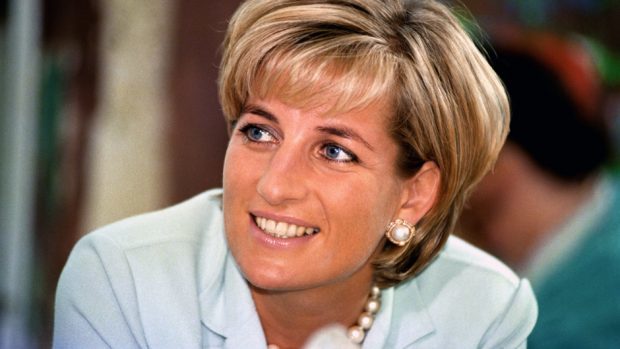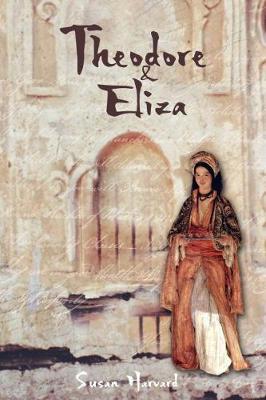A new book has revealed the strong north-east connection between a leading Scottish family and the late Diana, Princess of Wales.
Theodore & Eliza is the first detailed account of the eight-year marriage from 1812 to 1820 of mixed-race couple, Theodore Forbes from Scotland, and Eliza Kewark, an Armenian woman from Gujarat in India, from whom the the princess was directly descended.
The book was written by Susan Harvard, an English writer, who received her early education in Findhorn in Moray as well as Kintore and Blackburn in Aberdeenshire.
>> Keep up to date with the latest news with The P&J newsletter
It tells of how Eliza met and married Theodore Forbes, in the old Mughal stronghold of Surat in India in 1812 and describes how they began life together in the Red Sea port of Mocha in Yemen.
At that stage, Mr Forbes was a political and commercial agent for the Honourable East India Company, whose duties included responsibility for the purchase and shipping of the entire annual consignment of coffee for Britain. But the book also opens a window into some of the most colourful parts of the British Empire, including his dealings with spies, pirates and the earliest European travellers into Africa.
It also chronicles a direct relationship between the Forbes family of Boyndlie, the Crombies of Culter, who were the owners of the Cothal Mills, and Princess Diana’s family – the Spencers.
Mrs Harvard, who has been working on the book for the last 25 years, told the Press & Journal: “I carried out a substantial amount of research and the amount of information which has gradually emerged from letters, archives and such places as Aberdeen University’s library has been remarkable.”
The book tells of how Theodore accepted a prestigious partnership with Forbes & Co in Bombay in the 19th century, but his new position meant that he had to choose between his career and his family.
Although he still loved her, he decided to leave his wife and their three children. But, in a poignant series of letters which have been extensively quoted in the new work, Eliza pleaded to be reunited with Theodore.
Eventually, he agreed to send their young daughter, Kitty, aged six, to Theodore’s parents in Scotland. It was there in Aberdeen that Kitty ‘married well’ to James Crombie of the international cloth company – the wedding was held at St Nicholas Kirk – and the couple subsequently had a large family of their own.
Directly descended through the female line, in 1961 Kitty’s great great grand-daughter, the Countess Spencer, gave birth to the future Princess of Wales.
The inside story of the couple’s previously disputed union is drawn from their personal correspondence and other unpublished papers.
In 1820 Theodore died at sea, on his way home to Scotland, aged just 32.
Mrs Harvard added: “With modern DNA analysis, a broken link in the genealogy of Princess Diana has been put back together and I think that it is a fascinating story.
“The Crombies, and the wealth which heir internationally famous cloth generated were, of course, at the root of the family’s gradual rise up the social ladder.
“When Kitty married James, he gained a foothold into Aberdeen society and she gained financial stability and status as a married woman – she was no longer just a girl of questionable parentage from the East Indies.”
Katherine Crombie lived on until April 10, 1893, when she died at 16 Bon Accord Square in Aberdeen.
But, as Mrs Harvard’s book has illuminated, her legacy lives on.
Research
Susan Harvard has spent the last 25 years investigating the history and geneaology among some of the most well-known Scottish families of the last 200 years while preparing her book Theodore and Eliza.
She carried out extensive research into the many disparate strands of the story, which spans different continents and generations.
She said: “The book is strictly non-fiction and the romantic narrative is threaded into the cultural, political and social background.
“But, despite being the product of extensive research, it is aimed at the general reader.
“I am not Scottish – and I live in Somerset – but my early primary education was in Findhorn, Kintore, North Berwick and Blackburn – just outside Aberdeen.
“I have a great affection for the north east and much of the research for the book was carried out in the special collections of King’s College Library at Aberdeen University.”

